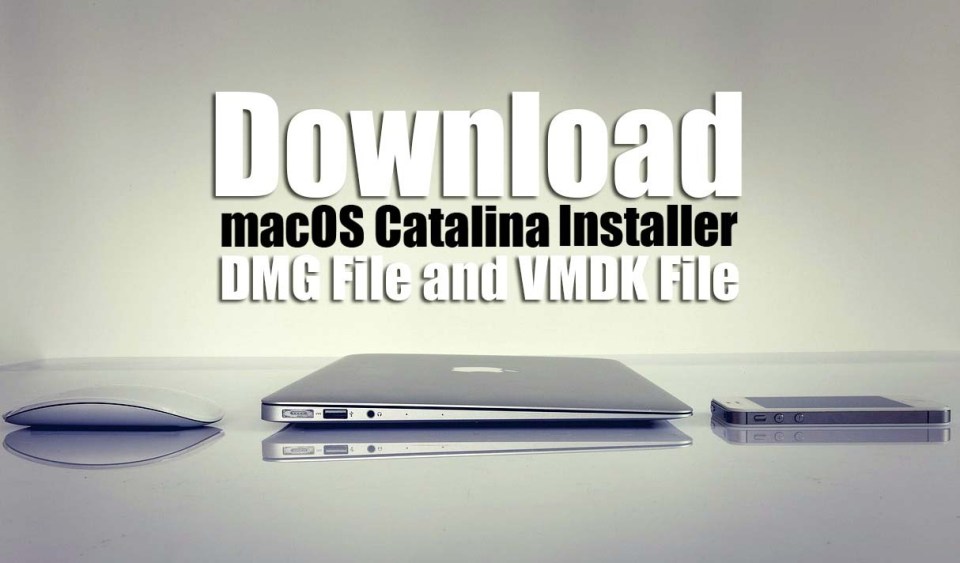

Install .dmg software#
Now, let's get started with the software and its functionality. Afterwards, the testing results with are always successful as long as you have a healthy and working DMG file. Every single features provided by UltraDMG is functional to its utmost level. UltraDMG has been tested several times to handle these types of tasks. Unlike other methods shared in this article, you don't have to worry about damaging the DMG file. The data burning process of UltraDMG gives the highest success rate in this entire industry and that's why it's the perfect software for creating Bootable USB drive from a DMG file or ISO image file in Windows PC. The user interface is simple to operate and you will find all the necessary options in the software whether it's extracting, viewing, editing or even copying a DMG or ISO file into a flash drive or CD/DVD. It allows you to manage the entire data inside a DMG file even if you have ZERO experience in this field. UltraDMG is the best and most powerful utility to create bootable USB drive from DMG files. Method #2: Create A Bootable USB from DMG using UltraDMG

Programming knowledge is absolute necessity.USB flash drive may corrupt inexplicably.
Install .dmg Pc#
Note: Replace the: bootablefile.dmg" to the DMG file name in your PC and the "windowsimage.iso" to something appropriate to your requirement.Īfter this, use any ISO to USB burning tool to make a bootable USB installation drive. Hdiutil convert /path/bootablefile.dmg -format UDTO -o /path/windowsimage.iso In order to convert the DMG file to ISO, you will have to run the following command – Now, the command prompt will fetch all files from the "D:" drive of the computer. For instance, if it's saved in "D:" Drive then simply type "D:" then enter. Locate the directory of your DMG file in your PC.

Type "CMD" and press enter to launch the command prompt application. Press "Windows + R" button in your computer to open the "Run" utility. It sounds complicated but if you keenly follow the below guidelines then it could be lot simpler and definitely plausible. Then further, we will create a bootable USB drive using those extracted data. However, since we cannot extract files from DMG file in Windows computers, first, we will have to convert it into a compatible ISO image file. Like we mentioned before, one of the standard file format in Windows computers is ISO image files. Method #1: Convert the DMG File into ISO Image File Method #3: Create A Bootable USB Drive from DMG using PowerISO.Method #2: Create A Bootable USB from DMG File using UltraDMG.Method #1: Convert the DMG File into ISO Image File.You might want to try one of those, that way you can easily build PKG installers from anything that comes in that format, which is probably more reliable than using a DMG and post processing script. I know Rich also has one he built that does basically the same thing.
Install .dmg update#
I'll have to test it to see, and will work on an update if needed. I have one here, but I have not updated it in several years now and I'm not 100% sure if it still works in current OSes.
Install .dmg install#
pkg installer that will install the app bundle from the DMG into Applications. What I do know is there are a few simple applications out there that can take a DMG as a dropped file or source file and automatically create a valid. I can't find that script at the moment, but I feel like maybe wrote one maybe? I could be wrong.

As in, you can push the dmg as "cache" instead of "install" and it locates the cached DMG, mounts it silently, and copies the app bundle to Applications, or runs the. I believe there are some scripts out there that will do this for you written by members of the community. I believe Munki works this way, as in if you use a vendor DMG that has an app at the top level of the mounted disk image, it just knows that that app should get copied to the /Applications/ folder, unless otherwise specified.īut Jamf doesn't do this as you already know. It would be nice actually if we could use vendor DMGs as is without any special scripts or modification in Jamf Pro.


 0 kommentar(er)
0 kommentar(er)
